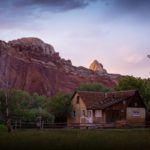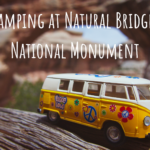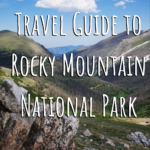As I write this nearly all National Parks are closed because of Covid-19, but I expect that National Parks will be some of the first spaces to open back up as outdoor activities and camping are fairly safe when social distancing is properly observed. Please be wise and follow all regulations that are in place at any outdoor recreation destination you visit.
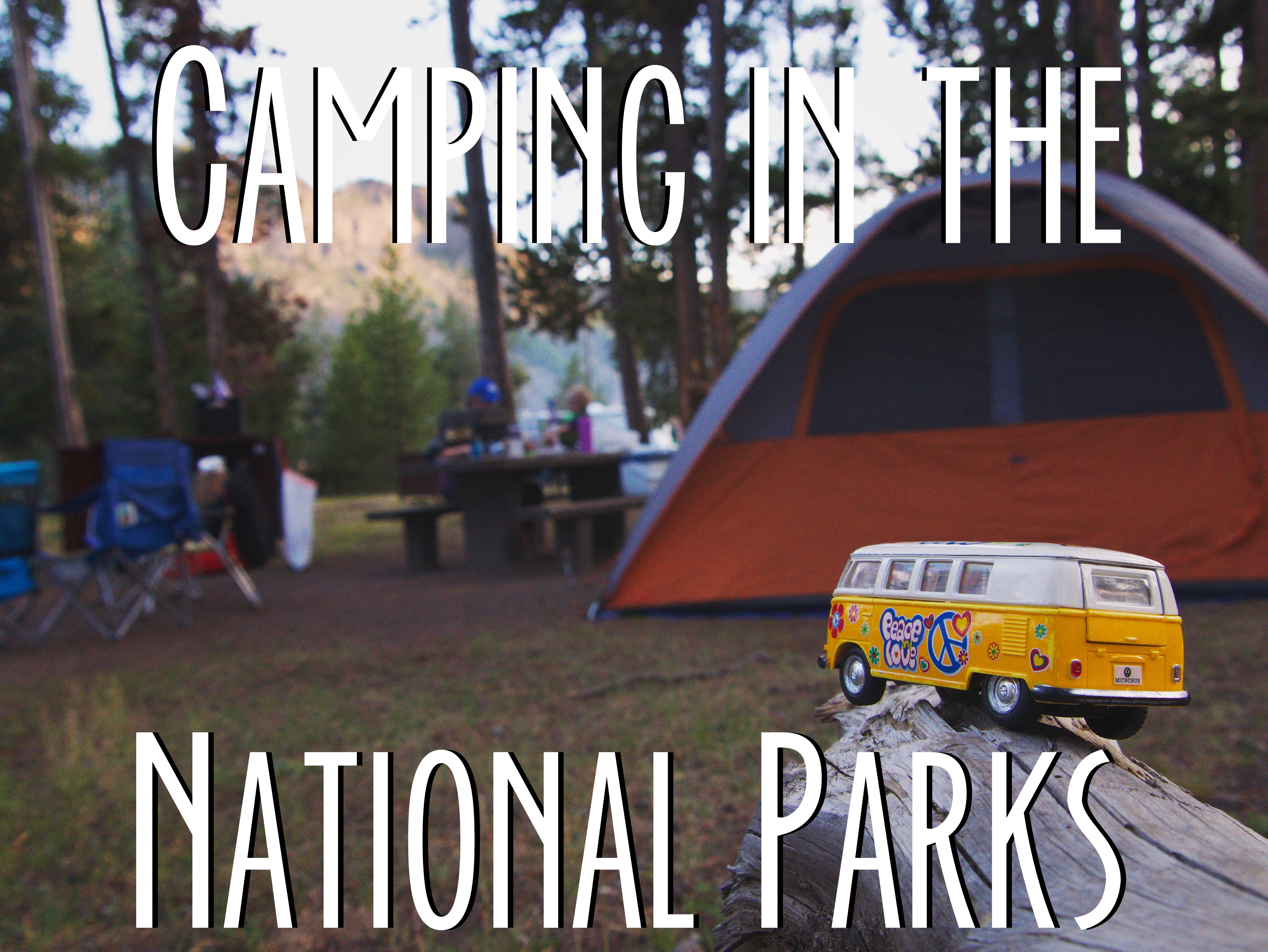
Visiting a National Park is one of the most wonderful things you can do. Visiting a National Park in any capacity is highly encouraged by Yellow Van Travels. But, camping in a National Park takes that experience to another level. Spending 24 hours or longer in a location gives you a better feel for the place. Staying in a place helps you to become part of that place more than a visitor.
I have a deep connection with many National Parks. My connection with Yosemite feels so deep that I get emotional just thinking about it, and I only spent a few hours there. But I long for the opportunity to camp in that sacred valley and let its spirit soak into mine.
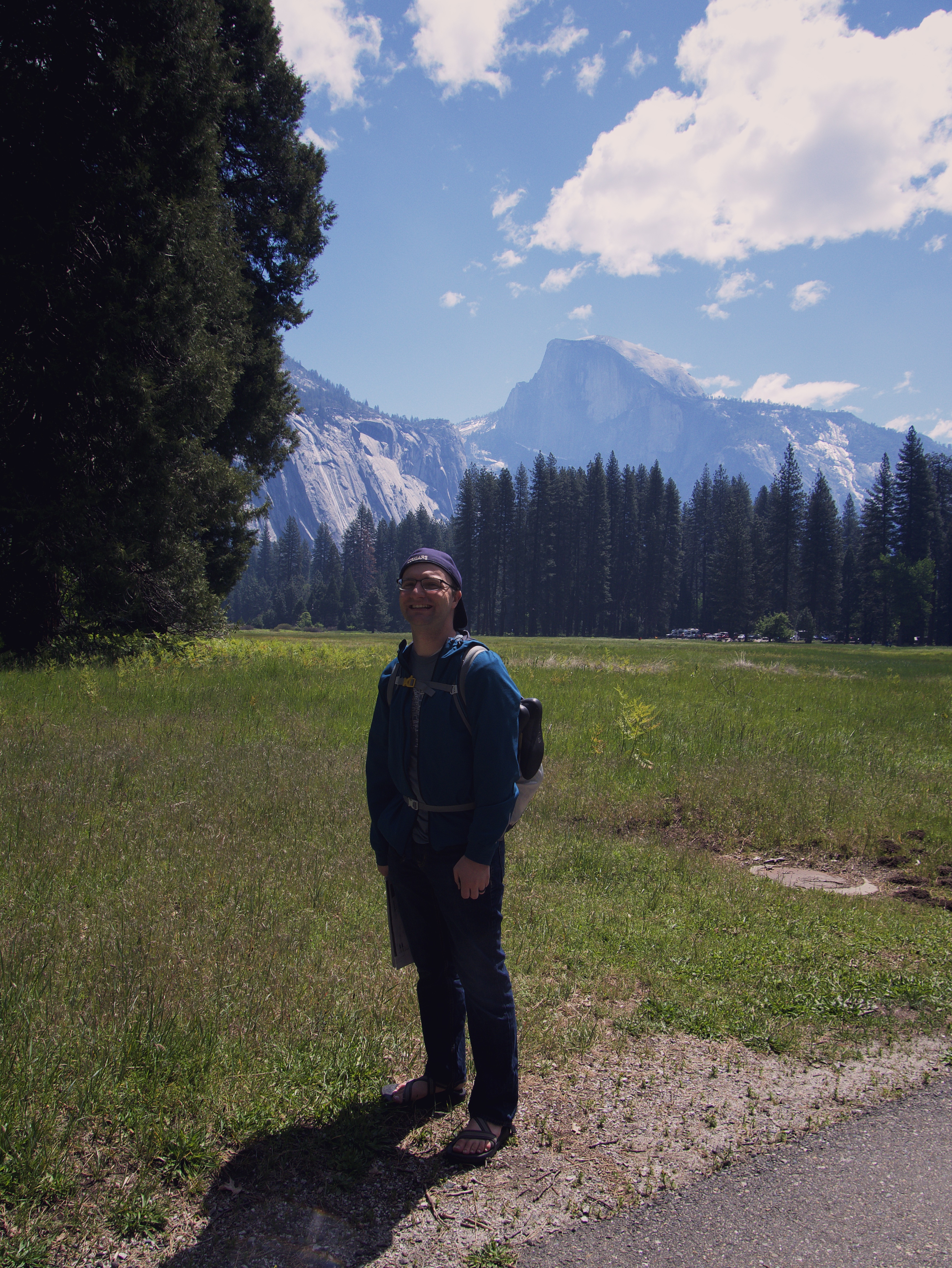
Why Camp in the National Parks
We have not camped at a ton of National Parks, but those we have camped in have made lasting impressions on my mind. Our first trip ever to the Grand Canyon we camped (just in a rim site, not at the bottom) and that is on of my favorite trips we have ever taken. It was actually that trip that caused Yellow Van Travels to go from being an idea that kicked around my head into a real website. Besides the deeper connection you get from camping in the park there are few more good reasons to do it.

Beat the Crowds
At a very practical level staying in the park allows you to beat the crowds, this is true if you camp or if you stay in a lodge on site. You are already there and you already have a parking spot.

In some parks like Zion and Grand Canyon this will be more important than others. Parking at these very popular parks can be difficult, and both of those parks operate a shuttle system that can get backed up at the visitor centers, if you are already in the park you can skip those long lines.
Even at less crowded parks there tend to be bottle necks at the park entrances with vehicles sometimes backed up for miles. Camping in the park means you generally only have to deal with this backup one time.
Extend Your Day
It is my ideal to spend as much time at a National Park as possible when we are visiting. But, this is often comes into conflict with Meagan’s more practical views on getting rest and having food. One of the beautiful things about camping is that it extends your day. You can come back to your campsite and rest and eat, and still go out later because you don’t have any place else to get to.
You might remember that last summer Meagan had to have her gall bladder removed. We did miss a camping trip to Rocky Mountain when that happened but we decided to still go on our trip to Yellowstone with the help of my mom a couple weeks later. We were able to camp there in the park and that made it so much easier to still enjoy plenty of the park.
Camping in the park really helps you to get the most out of your experience there.
See the Stars
Along with extending your day, camping in the parks also extends your night. Many parks are dark sky parks and allow you to see stars in a way that is just not possible at home. Many parks have astronomy ranger programs that take place after dark, which are generally only feasible to attend if you are camping are staying in a lodge inside the park.

In addition to the the night sky, our closest star, the sun, tends to make dramatic appearances in the National Parks. While we have seen some sunrises and sunsets in parks that we didn’t camp in, it is much easier to do so when camping.
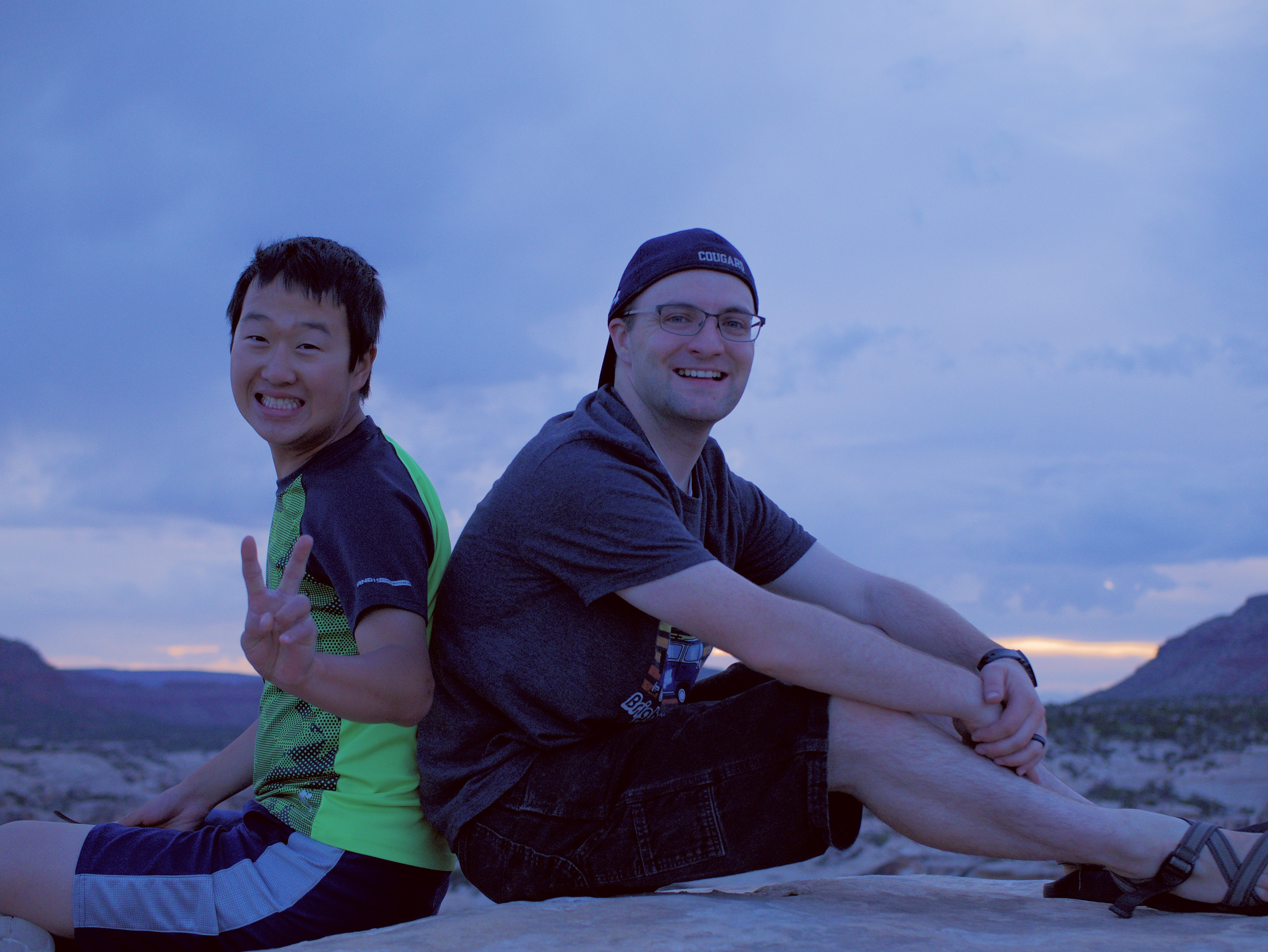
The most incredible sunset I have ever witnessed in my life was at Natural Bridges National Monument with my younger brother, the only reason we were able to see it was because we were camping in the park. Lucy needed to go to sleep so Meagan put her to bed, if we had been staying outside the park we all would have been gone then, but because we were camping we were able to go back out and catch that sunset, which literally still brings tears to my eyes as I write this.
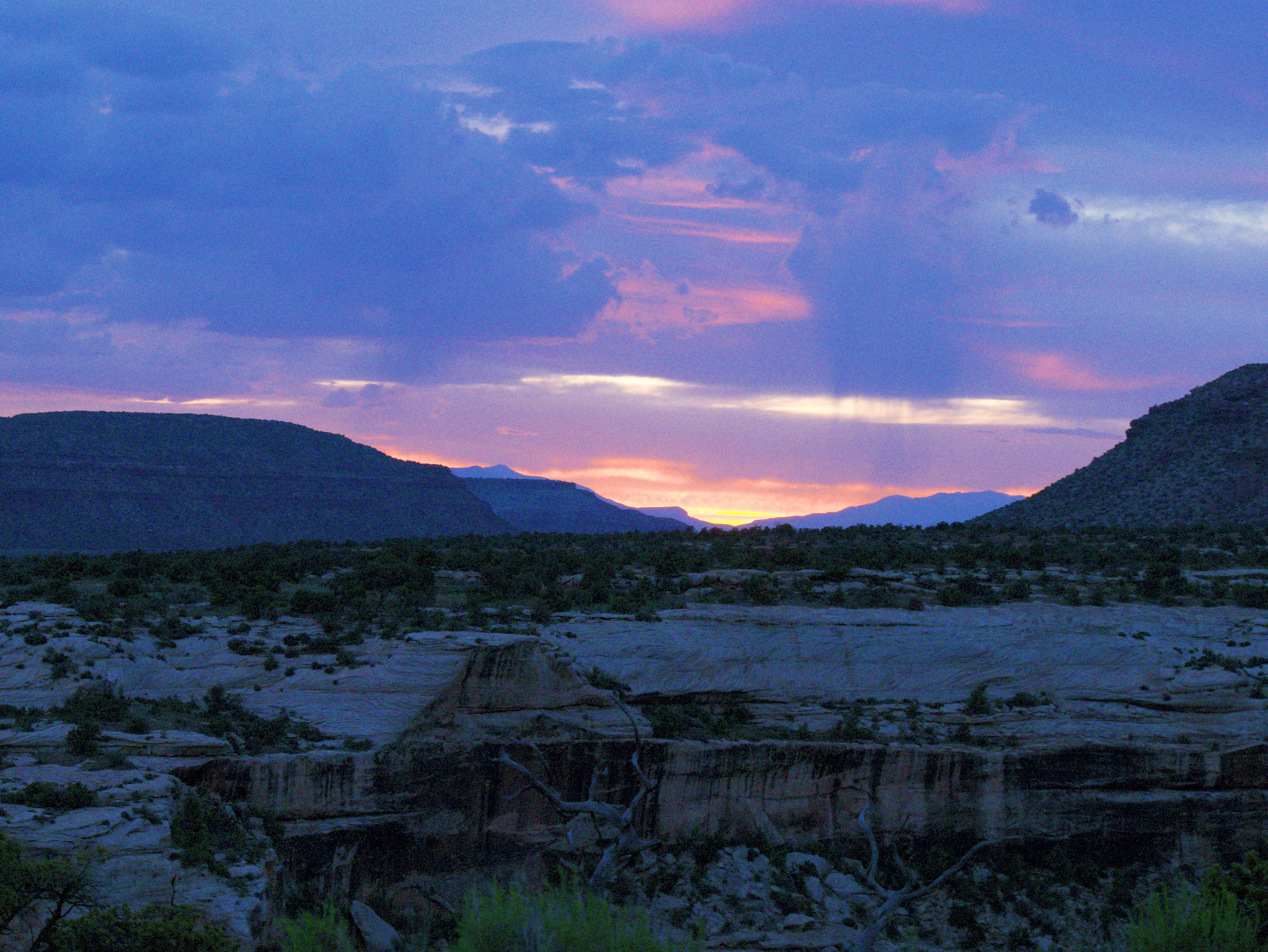
Support the Parks
Last but certainly not least, when you camp in the park you support the park through campsite fees and purchases at park stores. Supporting the gateway communities is also important and we encourage that as well, but supporting the parks themselves has to be paramount.
How to Camp at the National Parks
Reserve Early if Reservations are Available
If you are going to a popular park then chances are they take reservation for their campsites. If they take reservations for their campsites then chances are they fill up pretty quickly. We try to plan out our National Park camping trips at the beginning of the year and make reservations then.
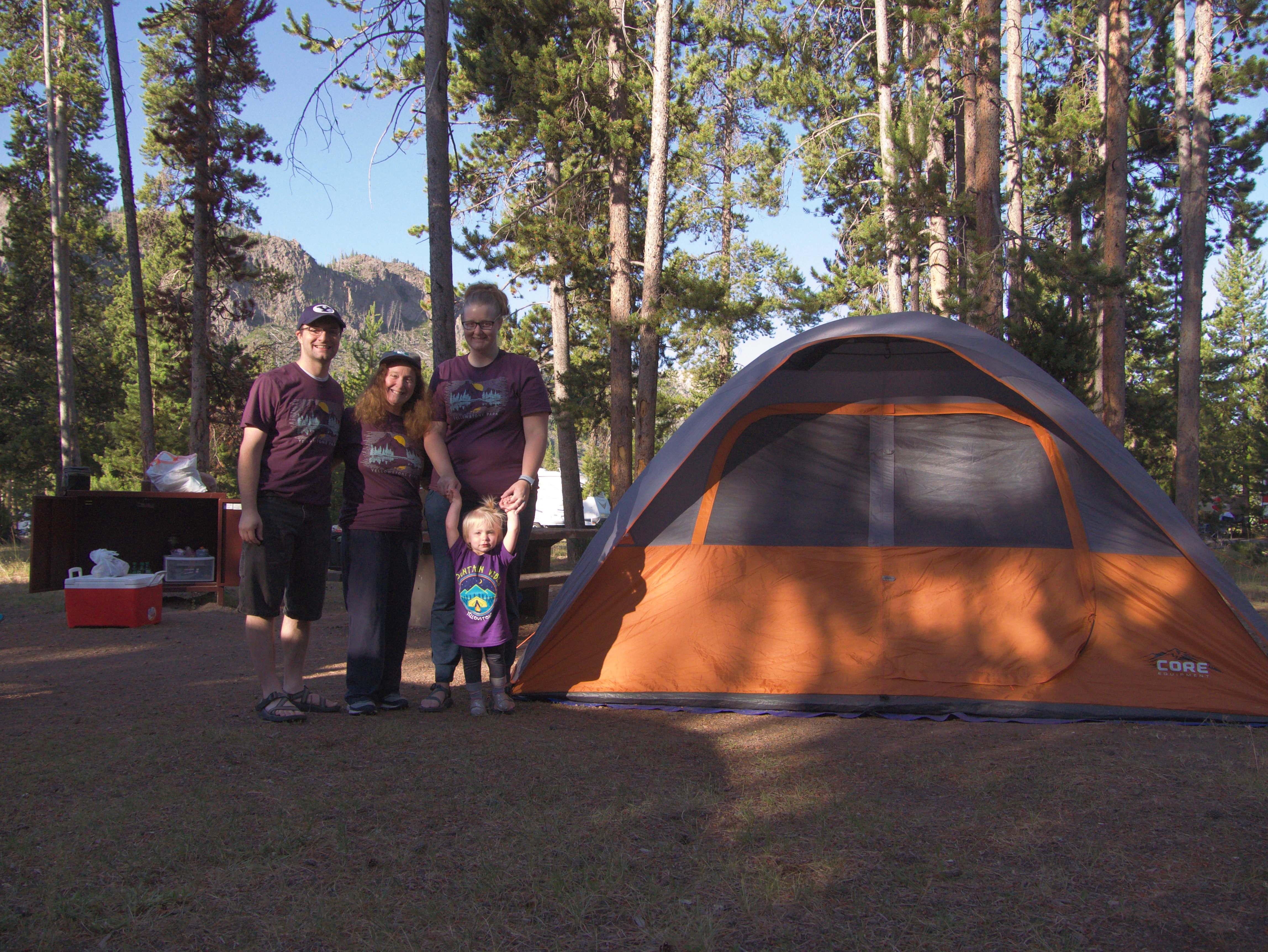
While reserving early does lock you into a plan the cost is not that high for most National Park campgrounds. This is especially true of campgrounds run by the NPS directly rather than by a third party. Even though we could not get our money back from Rocky Mountain it did not cost us much, and then we were still supporting the park.
Arrive Early if First Come First Serve
At campgrounds that don’t take reservations it is best to arrive early. This is true both with the time that you arrive and the day that you arrive. When planning the time of arrival check when checkout is and arrive as close to that as possible so that you can get a newly vacated spot.
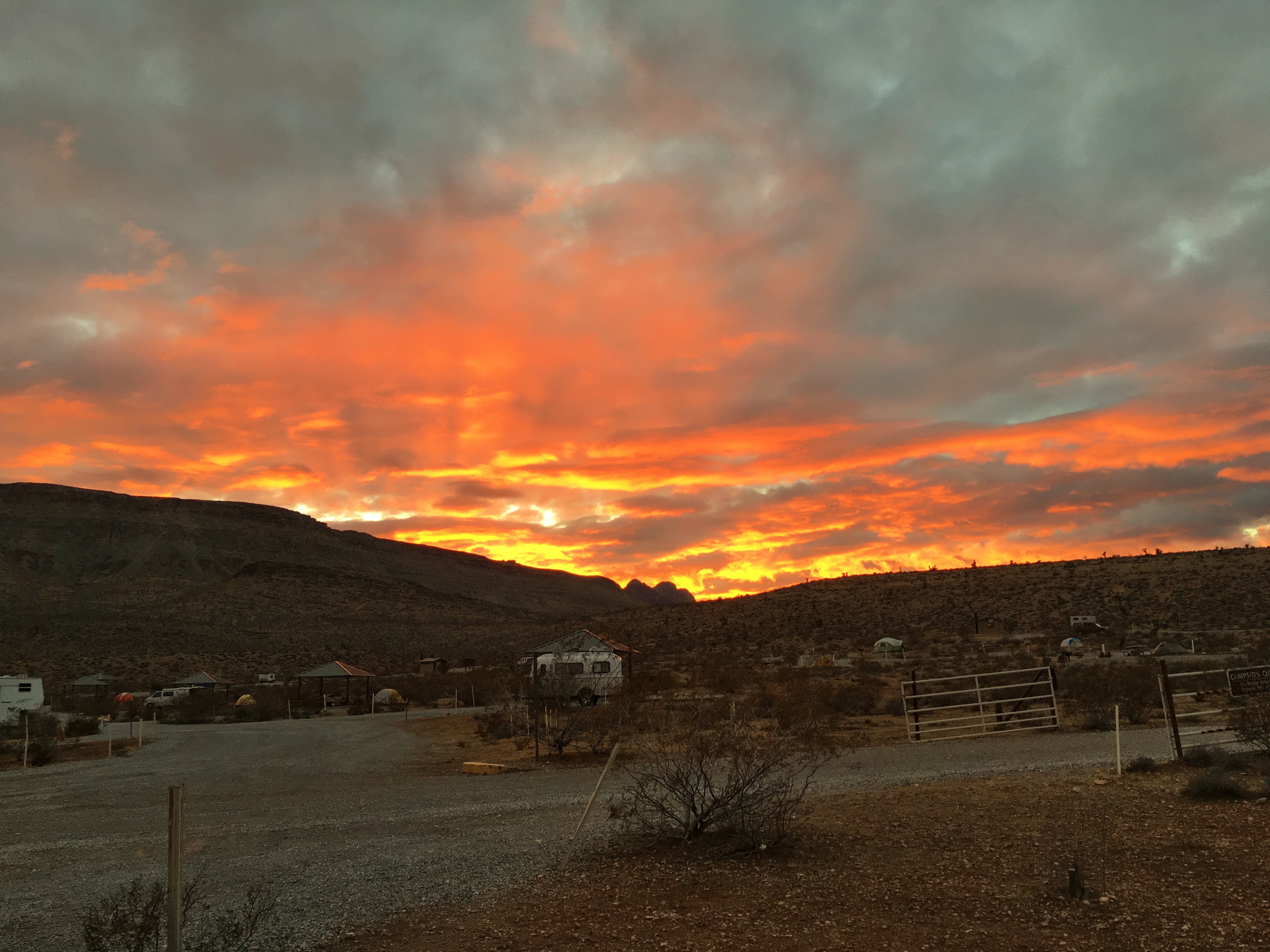
When planning the day to arrive remember that most people arrive at the National Parks on Fridays and Saturdays. If you can arrive on a weekday, even a Thursday, your chances of getting a site are much better. Of course this is also true of the off season, if you go when other people don’t want to be there you are much more likely to get a spot.
Be Prepared with a Backup
Camping in the National Parks is awesome, but sometimes not possible. Joshua Tree is an amazing park and extremely popular with rock climbers. The campsites at Joshua Tree were never built to support the amount of popularity it has experienced recently. When we went (when Lucy was just 3 months old) we arrived much too late to get a campsite.
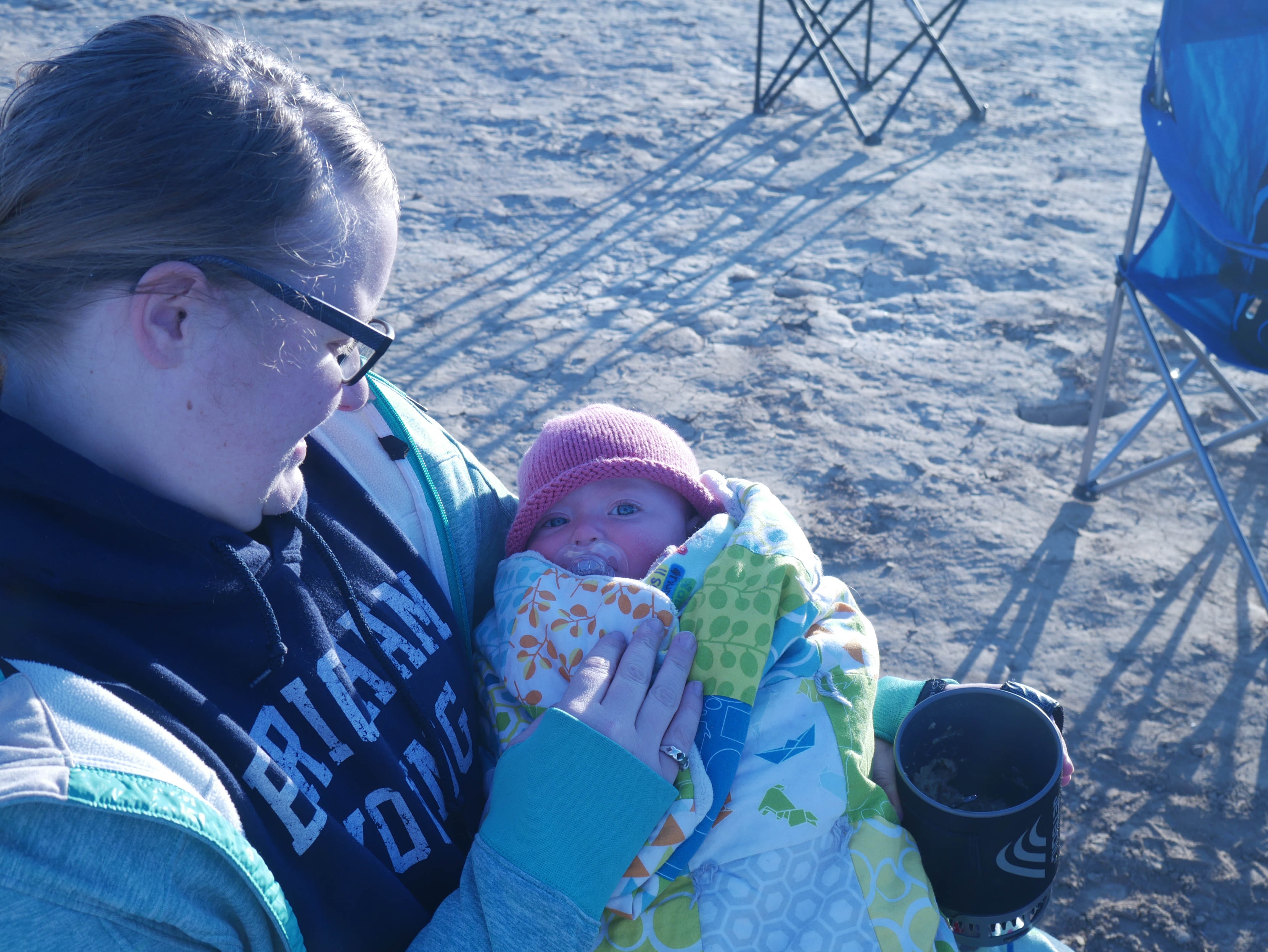
Because of what I had read online I knew this was likely to happen so I had looked up alternative camping in the area. Most National Parks have significant amounts of BLM (Bureau of Land Management) land around them. Primitive camping is almost always allowed on BLM land generally it is easy to find information either online or at the park visitor center on where it is.
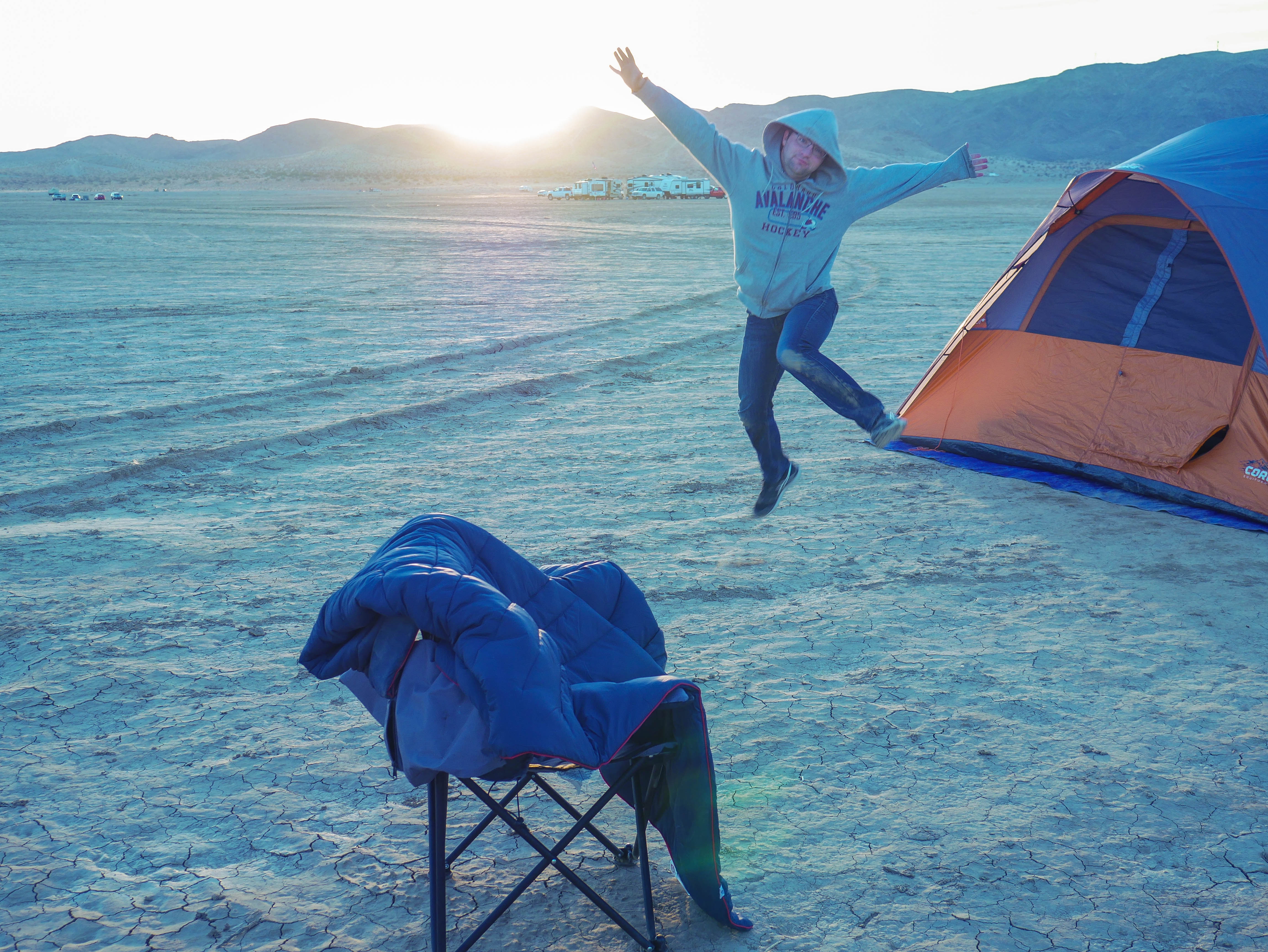
We ended up camping out in a huge dirt field of BLM land with a bunch of other climbers’ camps dotted all over it. It was not ideal, and Meagan doesn’t have fond memories of it, but it worked out. So always make sure you have a backup plan, knowing what the options are can make you feel a lot better going into and first come first serve campground.
Know What Amenities are There
The Amenities at National Park campgrounds can vary widely. Some are very developed and some very rugged. Many fall somewhere in between. Just make sure if you have a reservation that you know that to expect from the camp facilities and you know what you need to bring with you.
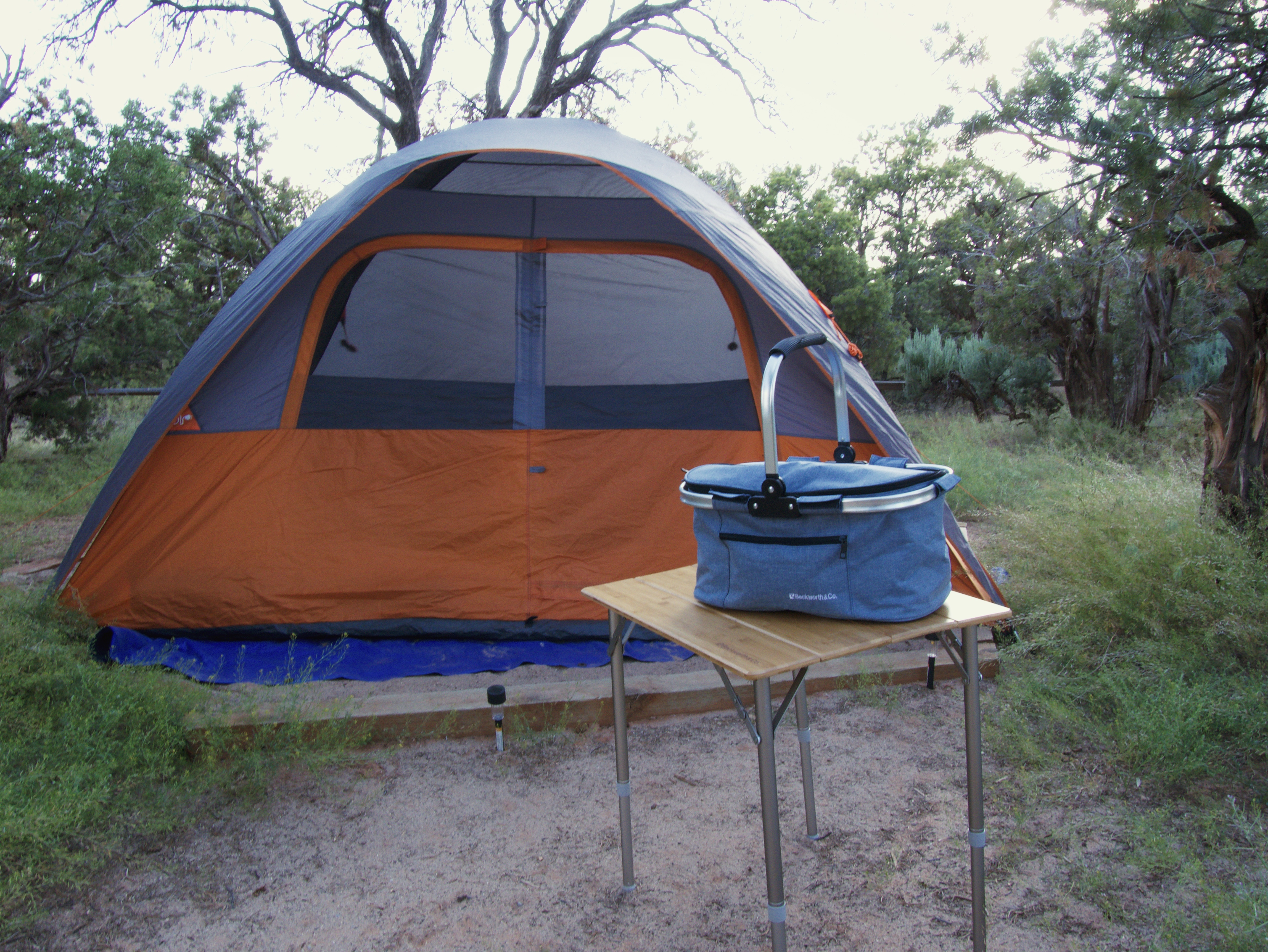
If you don’t have a reservation it is best to come prepared for anything since you don’t want to end up on BLM land without the supplies that you need.
Sum Up
Camping in the National Parks is an incredible experience because it lets you get to know the park so much better. After a couple days in Yellowstone I felt like a local at the campground, like it was my park. And that’s a good thing, because the National Parks belong to all of us and if we know them better we’ll support them better.

